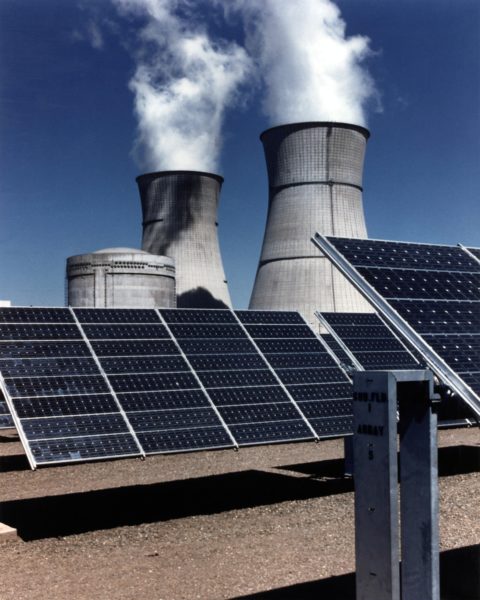The Government of Canada uses income tax incentives to make clean energy projects more fiscally attractive for businesses. These clean energy tax credits encourage businesses and homeowners to buy, install, and rely on renewable resources like wind, solar, and geothermal energy. How do the clean energy tax credits available work?
How Do Clean Energy Tax Credits Work In Canada?
The main tax credit relates to clean energy equipment. Once a business has installed a renewable energy system that qualifies, it can reduce its taxable income in the early years of the asset’s operation by claiming a capital cost allowance (CCA) at a high rate. It means they can deduct the cost over several years as an annual deduction, much like other depreciable assets.
 According to the Government of Canada, eligible clean energy input sources include:
According to the Government of Canada, eligible clean energy input sources include:
- Renewable energy sources such as wind, solar, small hydro, geothermal, wave or tidal energy.
- Eligible waste fuels such as biogas, bio-oil, digester gas, landfill gas, municipal waste, plant residue, pulp and paper waste, and wood waste or producer gas and in some cases spent pulping liquor.
- Fossil fuels – other than solution gas – in areas that satisfy the designated heat rate.
Businesses that sell energy-efficient equipment, such as lighting and appliances, also get a tax credit. The federal government has invested over $200 million to help people afford energy-efficient products, otherwise known as ENERGY STAR certified. The program helps consumers save up to 25% on products like appliances up to a limit of $500, as well as on water heaters and air-source heat pumps up to a limit of $1,000.
Are There Tax Credits For Individuals, Too?
Tax credits related to clean energy aren’t just for businesses – the Provincial and Federal Governments have introduced a new credit for individual taxpayers, too. One example is the Climate Action Incentive (CAI). While not like most clean energy tax credits, it’s a measure related to the new carbon tax, which was supposed to be led by the provinces. Four provinces – Ontario, Saskatchewan, Manitoba, and Alberta – held out. Taxpayers in these provinces now get access to the CAI so that they receive carbon tax revenue rather than the provincial governments who didn’t adopt a carbon tax.
The CAI offsets the tax increases associated with the Federal Carbon Tax on necessities such as fuel and reduces the impact it has on the finances of Canadian taxpayers. To receive this tax credit, you have to file your income tax return, with the amount you receive is based on the size of your family.

The government then automatically applies the amount to the balance owing for the year or added to refunds to which the family is entitled. In 2019 (for the 2018 income tax season), the baseline amount for a family of four living in Ontario was $307. This year, the family will receive around $451 from 2020 claimed taxes, with the rebate rising until 2022.
There are other incentives to living more energy-efficiently; the $5,000 Canada Greener Homes Grant helps homeowners make their homes more energy-efficient, for instance. Most businesses and individual taxpayers will find it easier to take advantage of tax credits related to clean energy.
If you’re trying to make sense of all the credits available to you, talk to the Trillium team today!

